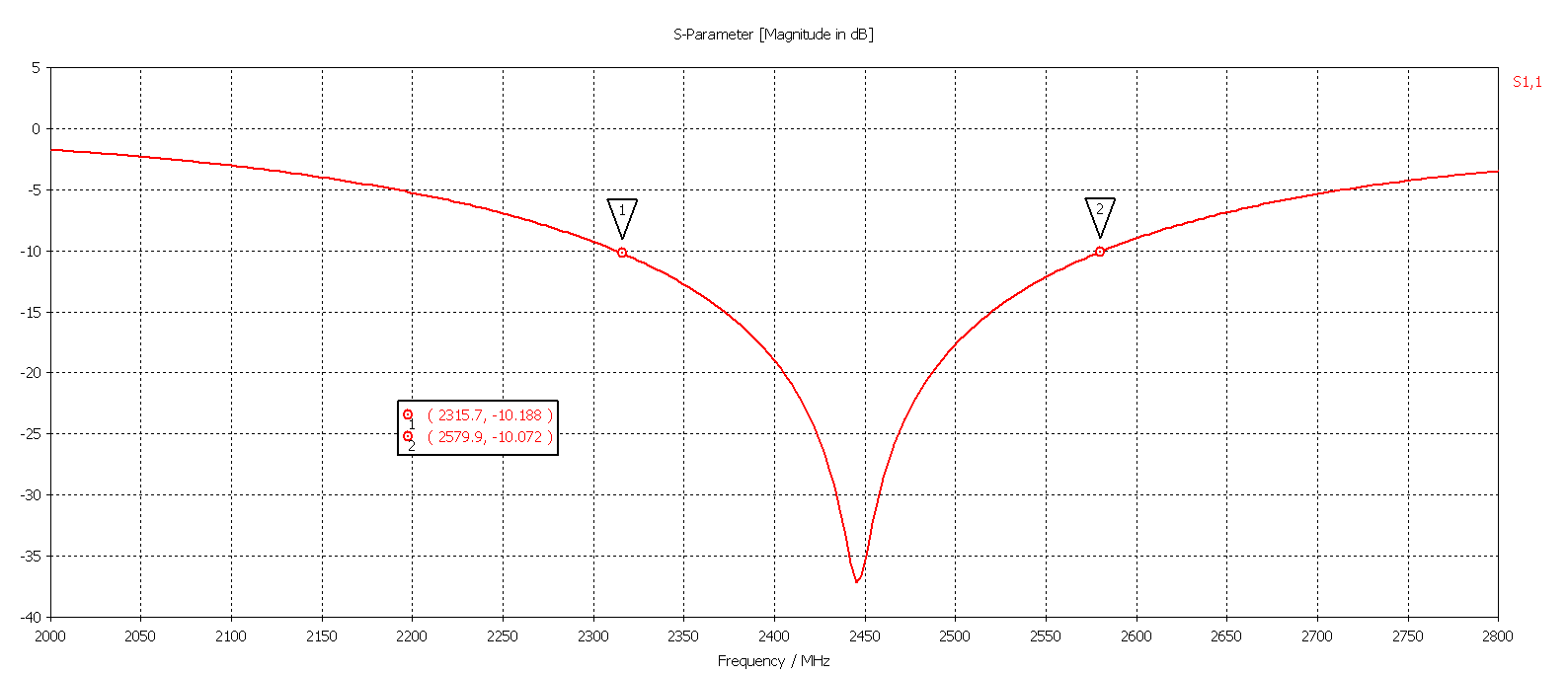Hello.
I have two nRF52832 (central and peripheral).
Connect the central and peripheral and call sd_ble_gap_rssi_get() on the central to get the RSSI and channel.
The attached photo is a collection of data collected for a certain period of time.

From my point of view, RSSI is the receiving sensitivity, and if the distance to the peripheral and the transmission power of the peripheral are the same, I think that RSSI is the same for all channels. However, in the results, there is a difference in RSSI for each channel. When we checked the wi-fi analyzer in the evaluation environment, we confirmed that wi-fi existed in the frequency band where RSSI was weak.
Below are the questions.
1. When radio waves interfere (wi-fi exists nearby), RSSI weakens?
2. Can RSSI be acquired even if BLE packet cannot be received normally (ex.CRC error)?
3. I want to make sure that the BLE connection status is maintained for a certain time or longer.
Do you have any reference material?
Thank you.



